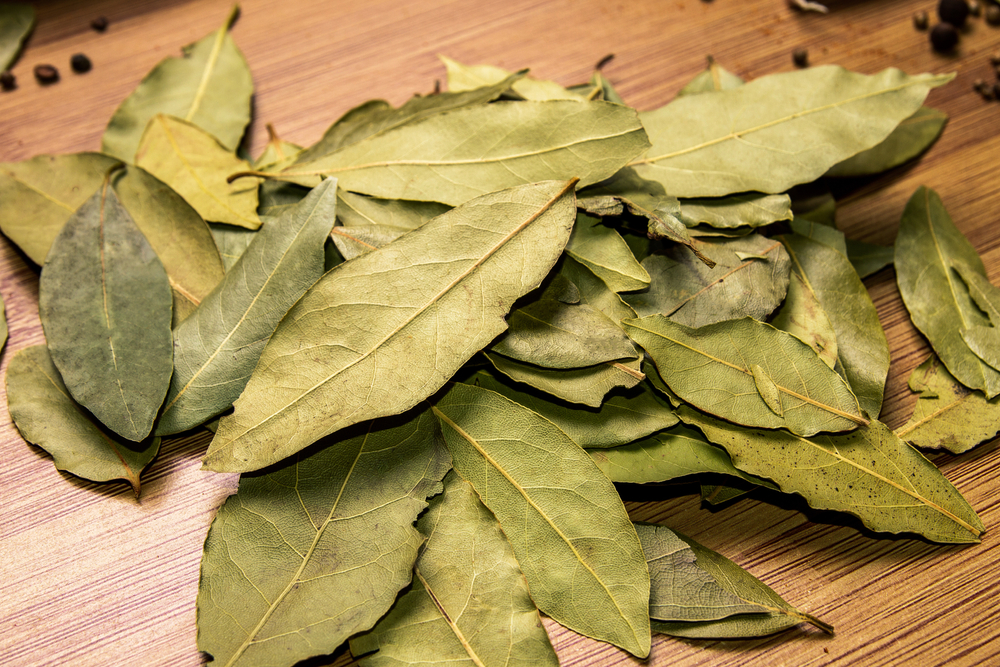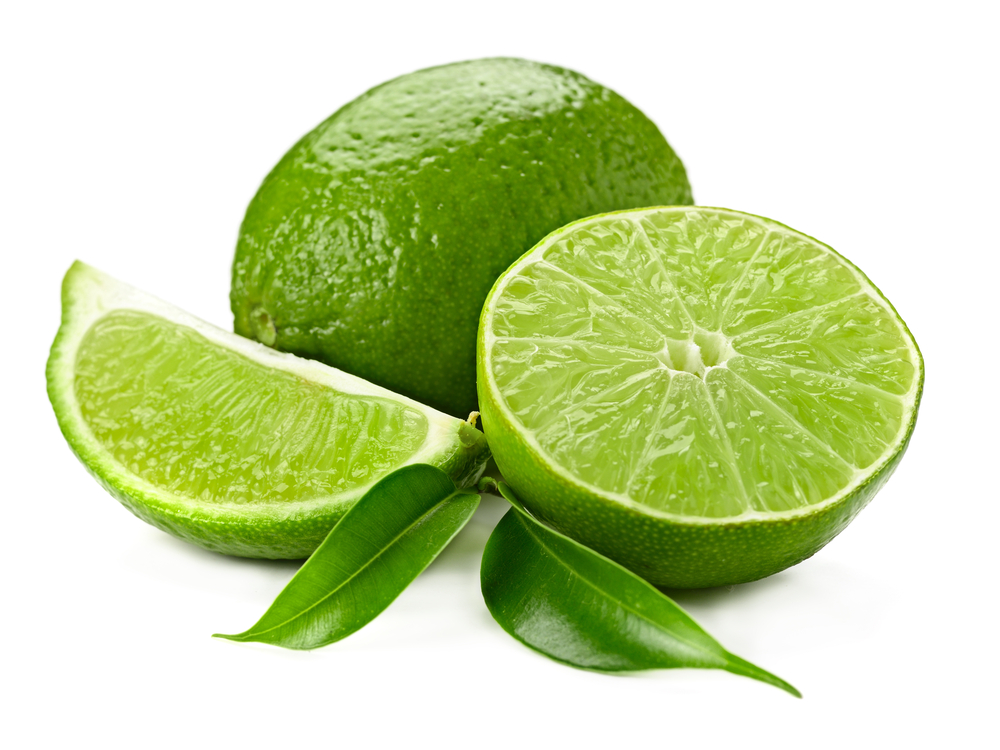Lettuce and cabbage, while similar, have immensely different flavor profiles and cannot be interchanged within a lot of recipes. Lettuce is part of the daisy family as a plant, while cabbage has its own distinct line of plant families. Lettuce has a substantially different composition than that of cabbage, although both are trademarked by layers of leaves around a bulb.
The difference between lettuce and cabbage is the chemical composition, the flavor and texture profiles, and the way of gardening them, as they are from two different vegetable families.
Chemical & Nutrition Composition
Differences
Lettuce and cabbage have very different chemical components that give them very different nutritional value, and considering lettuce is made of mostly water, it isn’t surprising that cabbage contains more calories, carbohydrates, and dietary fiber.
In fact, most of the macronutrients (minus protein) are more concentrated in cabbage, which affects the serving size. The serving size for lettuce is about one cup at 36 grams, while the serving size for a slice of cabbage is about 1 leaf, at about 23 grams.
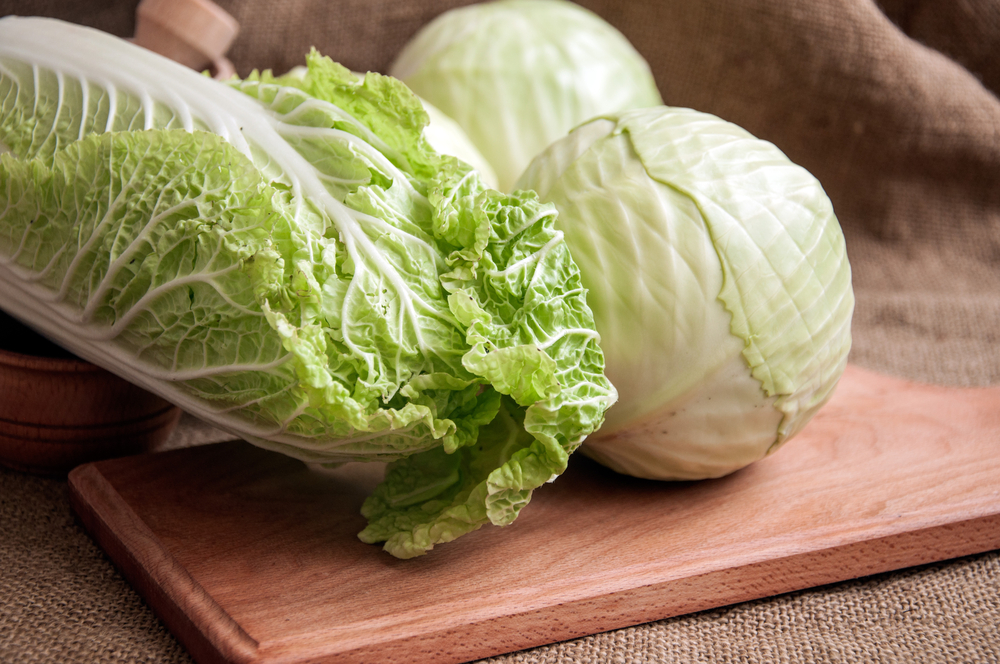
Protein is more concentrated in lettuce, despite it being a water-based vegetable.
These vegetables also carry differences in the vitamins that they provide, as cabbage has an immense amount of vitamin C- in fact, 4 servings of cabbage can make for 41% of your vitamin C intake. Cabbage is also abundant in B5, B6, and B9.
Lettuce has different vitamins, mostly being vitamin K, E, B1, B2, and over 50 times the level of vitamin A.
In terms of minerals, lettuce is higher in sodium, copper, iron, potassium, and phosphorus. Cabbage is higher in calcium, and both are equal in zinc and magnesium levels.
Similarities
Both cabbage and lettuce do not contain vitamin D, and both vegetables are considered slightly acidic in Ph. Both are labeled as low-calorie foods and can assist in weight loss over time.
Both cabbage and lettuce have a positive effect on the cardiovascular system and lower the risk of type two diabetes.
Gardening
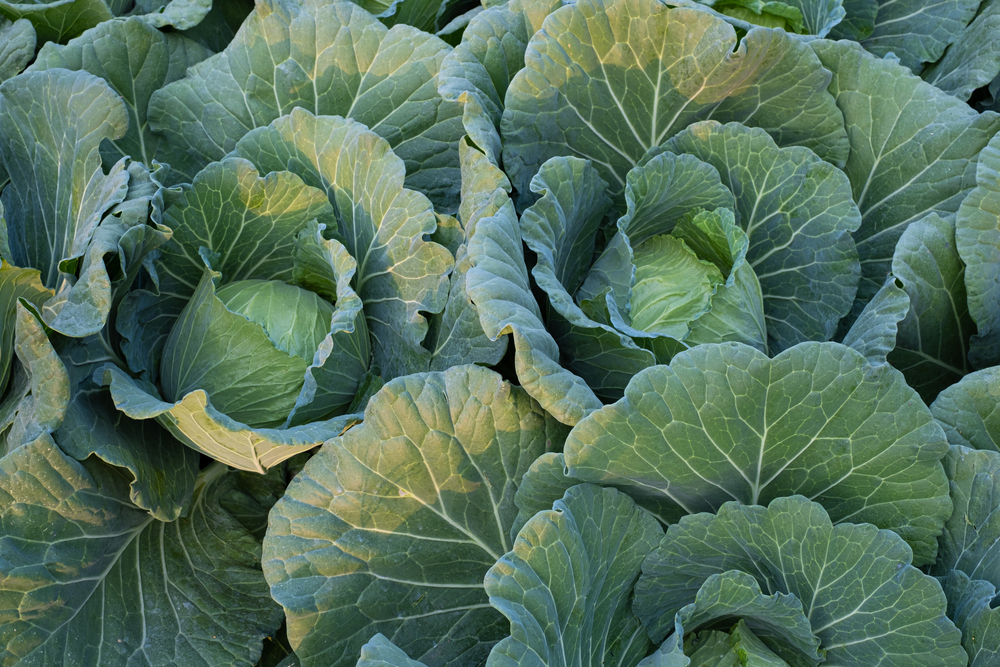
The differences in growing cabbage versus lettuce are almost the exact opposite.
Cabbage
Cabbage seems to prefer cooler climates with 100% sun exposure, in nutrient dense and drained soil. They’re moderately picky about the Ph level in the soil, as it needs to be between 6 to 6.8 for the cabbage to grow. There needs to be an ample amount of nutrients in the soil for optimum growth.
They aren’t’ as picky about the temperature of the area that they are in though, as cabbage grows between 39 and 75 degrees Fahrenheit. Anything outside of this temperature may create flowering outside of the normal times, which will affect the quality of the cabbage head.
Lettuce
Lettuce, on the other hand, prefers warmer climates. But it can be overwintered to ensure that it can be grown in most climates. It requires the same nitrogen dense soil and the same amount of sunlight, although variations with these will affect the nutrients of the plant rather than the taste and texture.
An excess of heat will affect the structural quality of the plant, as it will start to wilt. This can be attributed to the fact that lettuce is almost 95% water, which means an excess of heat will cause the plant to start to wilt. This also makes it extremely hard to preserve the plant once removed from the ground.
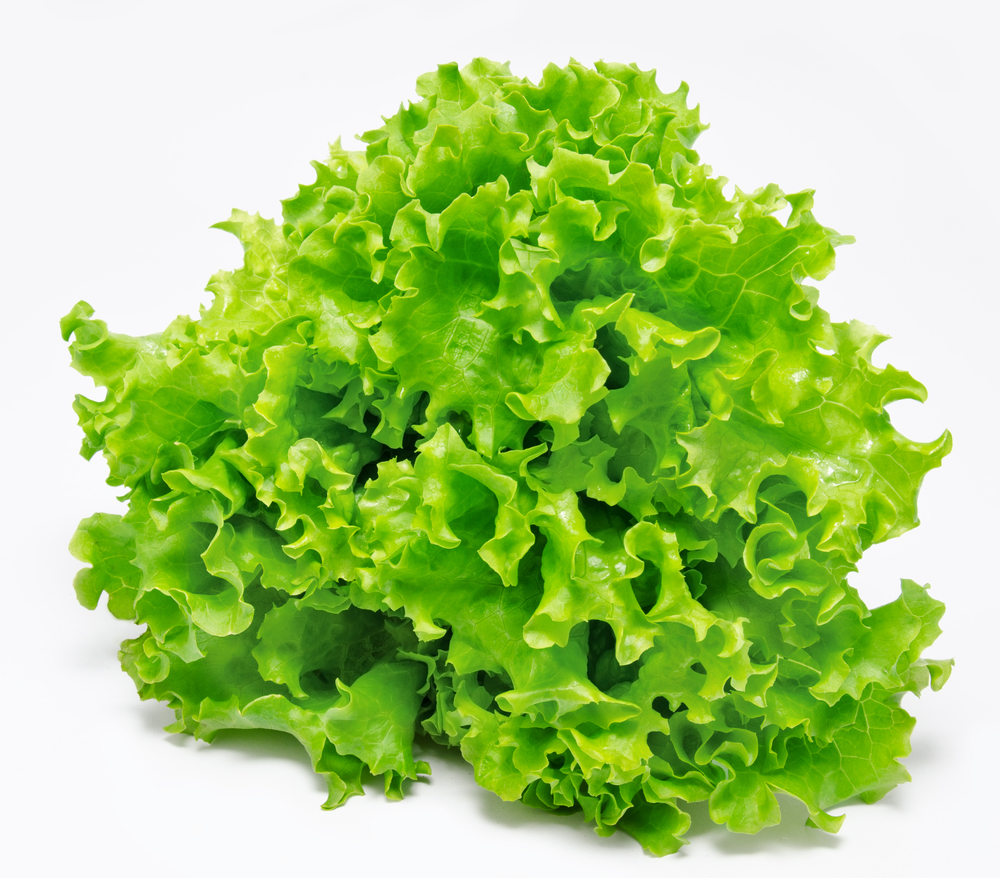
Differences in Cooking
Cabbage
Cabbage is significantly denser than lettuce is, which makes lettuce better to eat raw. Cabbage is usually steamed, boiled, or cooked to soften the vegetable.
Cabbage has an amazingly diverse flavor profile due to how it reacts when cooked. Raw cabbage has been labeled as sour or spicy, while cooked cabbage becomes surprisingly sweet and much softer than its raw counterpart. This makes for some notorious southern dishes such as coleslaw and can create some animosity toward the vegetable due to the flavor being so complex.
It can be hard to like a vegetable with a flavor profile that deep because of the lack of familiarity and the propensity to clash with other ingredients. Cabbage has an extremely strong odor and flavor, which makes it hard to hide within a dish. This makes it easy to pair with one-note dipping sauces or spices.
Texturally, a lot of people find it hard to eat cabbage because of the rubbery texture that cabbage has, and cooking that doesn’t eliminate the texture. The best cabbages are heavy, and the leaves are tight around the bulb.
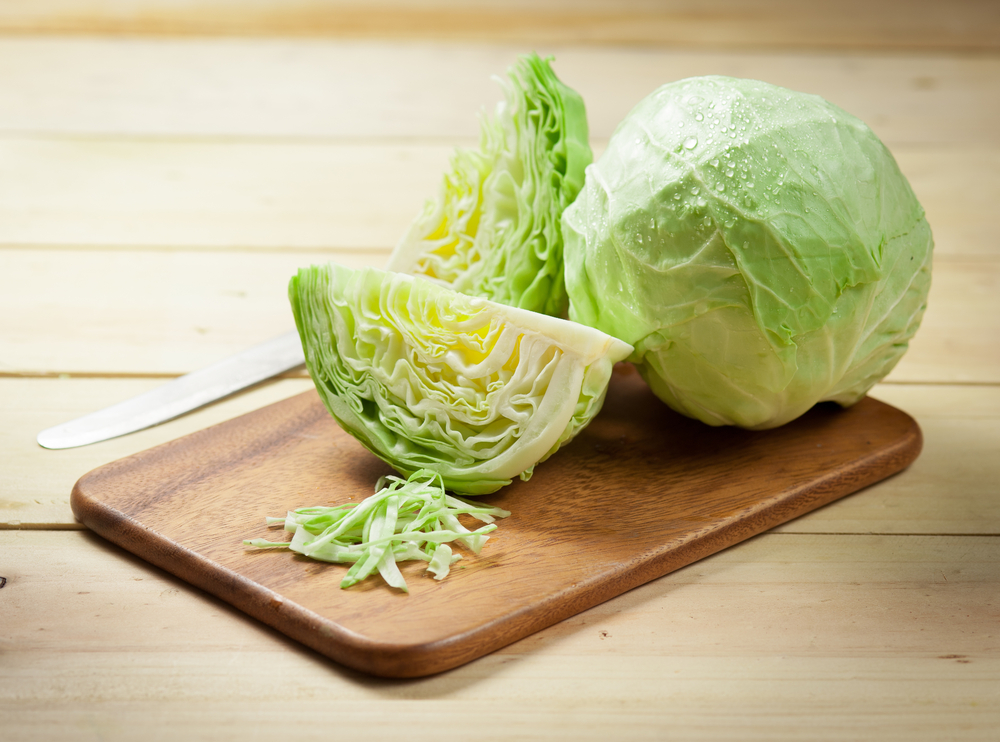
Lettuce
Lettuce, on the other hand, is almost exclusively eaten raw. This is due to the wilting around high levels of heat, which makes the lettuce look unappealing and taste odd. The taste is extremely subdued, making it a popular addition in burgers and wraps as a nutritional boost.
The crunch of lettuce is generally regarded as appealing due to its subtlety, and that pushed it to the forefront of salads as it doesn’t drown out the flavor of the proteins or other flavorful additions.
Different types of lettuce do have different flavor profiles, and a perfect example of how to use different kids of lettuce and leafy greens is the wedge salad. The wedge salad is a dish with iceberg lettuce, bacon, bleu cheese, and a sauce that perfectly complements the sweet crispiness of the iceberg wedge.




